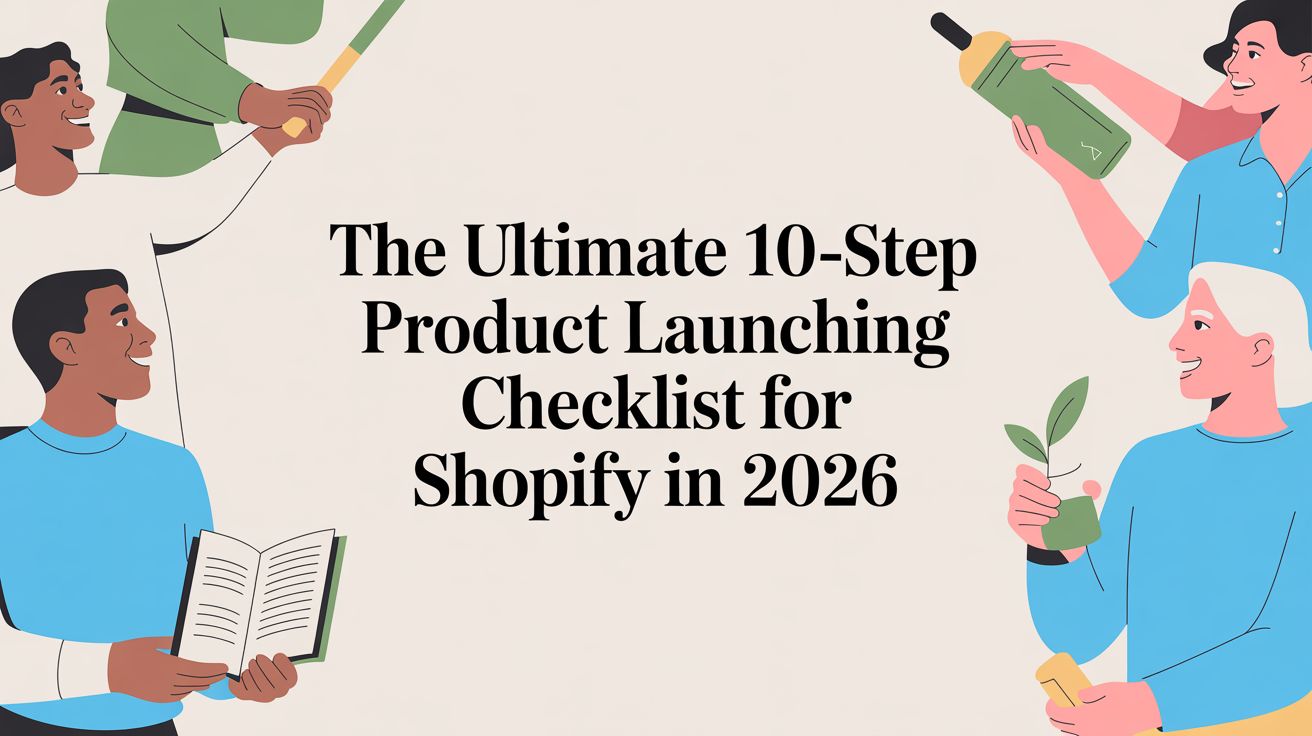
What makes loyalty programs work?

Marketing staples aren’t just some random occurrence. They are tried-and-true tactics that through many industries, consumers and campaigns have proved worthy of being helpful to brands. Loyalty programs are a trusted marketing tool that provides consumers and brands with many benefits, but what makes them work?
Dr. Yuping Liu-Thompkins, Professor of Marketing at Old Dominion University and Director of the Loyalty Science Lab, sat down with us to discuss the purpose of loyalty marketing, the psychology behind loyalty program engagement and how brands impact customer loyalty.
The basics of loyalty programs
Understanding what makes a loyalty program work can’t happen without knowing what they’re designed to do. So, what are loyalty programs, and what’s their purpose?
“A typical loyalty program is often in the form of a reward program. These programs allow consumers to earn points, or some type of program currency, with their purchases or patronage behavior. As a result, those rewards accumulate over time and eventually can be redeemed for free products, premium treatment and other benefits,” Liu-Thompkins said.
Like its marketing counterparts, loyalty programs are multifaceted tools that can help brands and consumers reach a number of goals. One motivation for many brands when establishing a loyalty program is to increase incremental sales.
Liu-Thompkins says another big reason for having a loyalty program is to reward your best customers for their patronage and strengthen their loyalty. It’s also to get a better understanding of who they are when connecting with your brand.
“Loyalty programs give you a natural way to capture customer information. I don’t mean their gender or age, but more importantly, their transactional behavior and how they interact with your brand," Liu-Thompkins said.
4 psychological drivers for loyalty program members
Aside from the highly publicized driving forces associated with loyalty programs, Liu-Thompkins attributes our psychological factors to the success of loyalty programs: the need for progression, high social status, repetition, and community.
Consumers have a goal-pursuit mentality. They have the desire to progress and reach their goal. For some consumers, their preferred outcome includes discounts and permits. For others, status and social recognition after reaching a certain level of loyalty prove most powerful in motivating more engagement.
“When it comes to multi-tiered loyalty programs where consumers can progress and go up in ranks, they channel their innate human need to feel special,” said Liu-Thompkins.
The constant flow of purchases from loyalty program members hoping to get discounts, perks, or brand items from the program can also lead to certain shopping habits.
“Essentially, loyalty programs encourage repetition. You have to purchase over and over again to accumulate points and get free rewards. Because of that repetition mechanism, it builds habit,” said Liu-Thompkins.
Repetition isn’t the only thing that grows over time. Consumers also develop feelings of belonging through the program.
“Loyalty programs give people a sense of community. Consumers are able to feel as though they’re in sub-groups of people with similar tastes,” said Liu-Thompkins.
Brand impact on loyalty program effectiveness
B2C brands have a number of responsibilities as it pertains to maintaining a strong relationship with consumers. After all, it’s brands that set the tone for consumer decisions.
The same goes for consumer loyalty. The effectiveness of a loyalty program directly depends on the connection a brand has established with its audience.
“Customers' choice on how often they use a company’s loyalty program does reflect an underlying layer of loyalty. Let’s say I only go somewhere every once in a while, even if I know they have a loyalty program I won’t feel like it’s worth my effort to download the app and get points for it,” said Liu-Thompkins. “A big part of [loyalty program effectiveness] is also ‘What is your existing relationship with a company?’”
The knowledge brands seek on customer behavior and loyalty can often be found within the brand’s database - and it's given straight from customers.
Data analytics is the process of examining data to determine behaviors, patterns, trends, and other insights. When data is collected to identify B2C relationships, it can offer a numeric picture of consumer behavior. What brands decide to do with that data, makes all the difference in their ability to strengthen customer loyalty.
“When you look at data, there’s a lot of possibilities for customizing loyalty program communication: how you promote your products, what products you promote, how frequently you communicate. All of those things should be customized based on where the customer is in their lifecycle,” said Liu-Thompkins.
Loyalty programs work when innate psychological responses are nurtured and brands pay special attention to the needs of their customers. Starting with a piece of strong foundational knowledge and implementing these principles can lead brands to effective loyalty marketing outcomes.

Lindsay Keener is a brand journalist for Quikly. She covers stories that help to inform and educate consumer-facing marketers.

